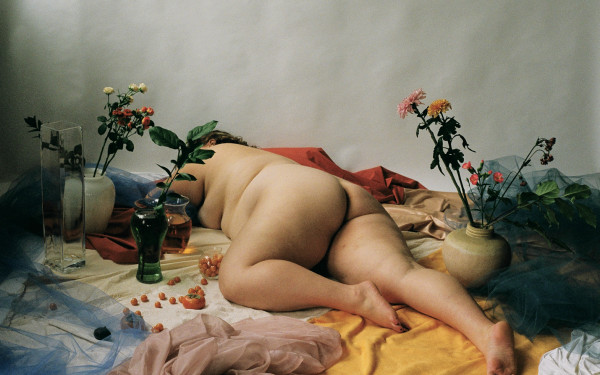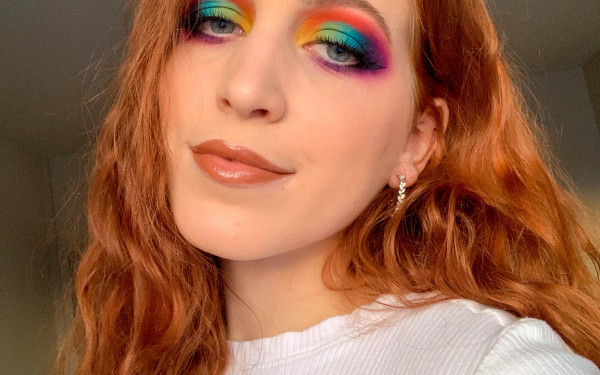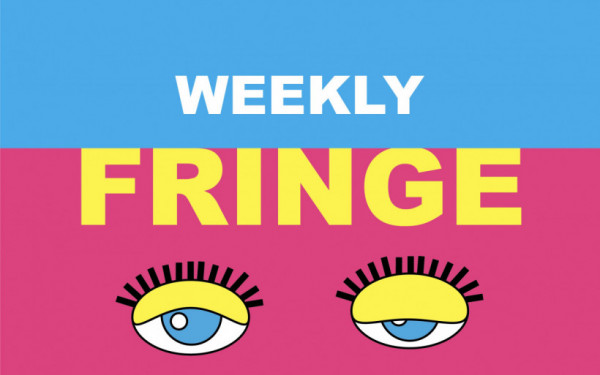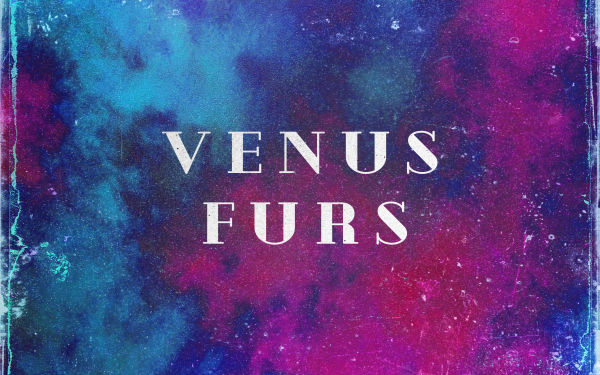‘Creation of an Ethereal World’ urges viewers to question beauty standards and colonial oppression
Feminist artist-run centre galerie La Centrale presents Esther Calixte-Béa’s first solo exhibition
Multidisciplinary artist and Concordia graduate Esther Calixte-Béa’s Creation of an Ethereal World depicts a semi-imagined, semi-autobiographical universe of mythical beings of colour inhabiting dreamy, luscious, and fertile lands.
The collection of colourful acrylic paintings, mannequin sculptures, and self-photography is vibrant, stirring and meant to be shocking.
“[In my work] I really want to question where our ideals come from because oftentimes, as people, we do things without realizing,” said Calixte-Béa. She gave the example of body hair; on a man it’s considered normal, but on a woman, unhygienic. “Nobody is really questioning that,” she said.
Calixte-Béa explained the inspiration to create this project came from her own heritage as well as personal lived experiences. Calixte-Béa belongs to the Wé tribe, the people indigenous to the forests of Ivory Coast’s western frontier. Her imagined tribe depicted in the exhibition is named Fyète Souhou-te, ‘Fyète’ is the Creole word for pride and ‘souhou-te’ is in Guéré, an Ivorian dialect. “In this tribe, body hair is very important, it’s part of their feminine identity,” she explained. “With their body hair, they create all sorts of braiding techniques and really, really cool [hair] styles.”
For Calixte-Béa, individuality is central to her work. She explained that colonialism heavily affects what beauty means to Black people as BIPOC continue to face the pressure to subscribe and conform to Western beauty standards.
Read more: Montreal artist Julian Peters turns classic poetry into graphic art
Read more: Poetry: ‘Edges, Lows’
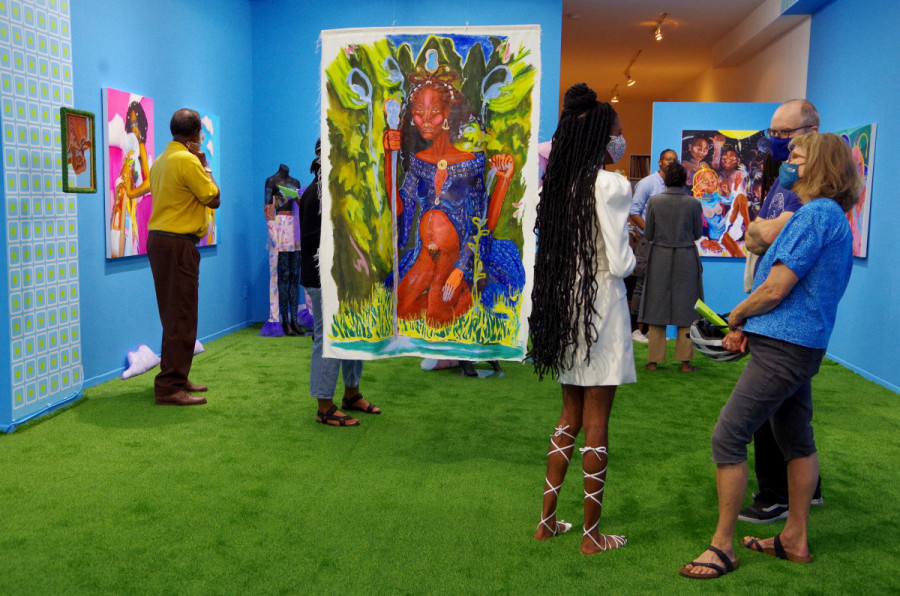
“Through media, oftentimes when they talk about African countries or tribes they talk about them as a monolith,” said Calixte-Béa. “I wanted to be able to talk about each character as someone that’s unique, has their own style, their own hairstyle, and own voice.”
It was these notions of identity and origin that drew exhibition curator Cecilia Bracmort to collaborate with Calixte-Béa. Influenced in her curatorial practice by her Caribbean heritage, Bracmort strives to bring Black, female artists to the forefront. “There’s this notion of intersectionality I’m really drawn to,” explained Bracmort.
“I wanted to be able to talk about each character as someone that’s unique, has their own style, their own hairstyle, and own voice.” — Esther Calixte-Béa
Bracmort and Calixte-Béa first met back in 2019, while Bracmort was organizing an exhibition at Dawson College titled Reclaiming My Place. The show featured Black and Indigenous female artists and had a section exhibiting work linked to the theme created by Dawson students. One of these students was Calixte-Béa.
“I had found my style in 2020 and I was so happy to finally feel comfortable in what I was doing, and so I told myself, ‘Okay, now I feel ready to have a solo exhibition,’” explained Calixte-Béa. She reached out to a friend asking if they knew any curators. At the top of the list she received in reply was Cecilia Bracmort’s name. “I was like, ‘Oh my gosh, this is a sign,’ and so I contacted her and we had a little Zoom meeting and I was like ‘Yes! Let’s work together!’”
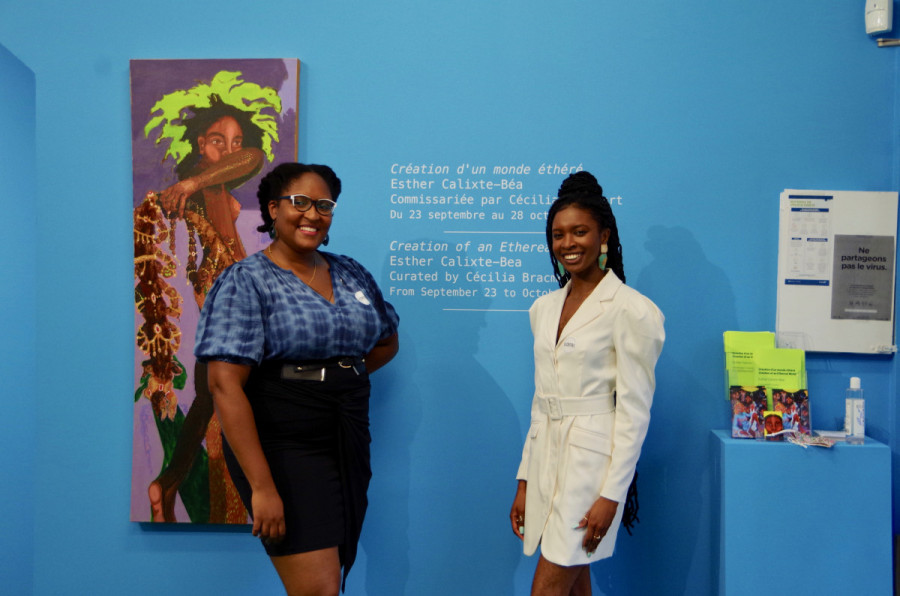
La Centrale accepted their proposal and the preparations began.
“We really liked her characters and paintings and the colourful side of her work. It’s been a long time since La Centrale presented a painting exhibition, so I guess it was a good way to introduce her work,” said My-Van Dam, the gallery’s regular programming and technical coordinator.
La Centrale is an artist-run centre that aims to promote multi-disciplinary feminist practices in conversation with intersectionality and social justice. Calixte-Béa’s work connected well with the gallery’s mandate, explained Dam. “We’re really working to have practices that are more towards community and deconstructing stereotypes and also have decolonial perspective[s],” explained Dam. “Esther’s work really responds to this vision we have for the next year.”
Head on over to La Centrale, 4296 Saint-Laurent Blvd., anytime from 12 p.m. to 5 p.m. Monday through Saturday until Oct. 28 to step into Calixte-Béa’s turf grass-carpeted, baby blue-wallpapered, kaleidoscopic universe of activism. Entrance is free and reservations aren’t

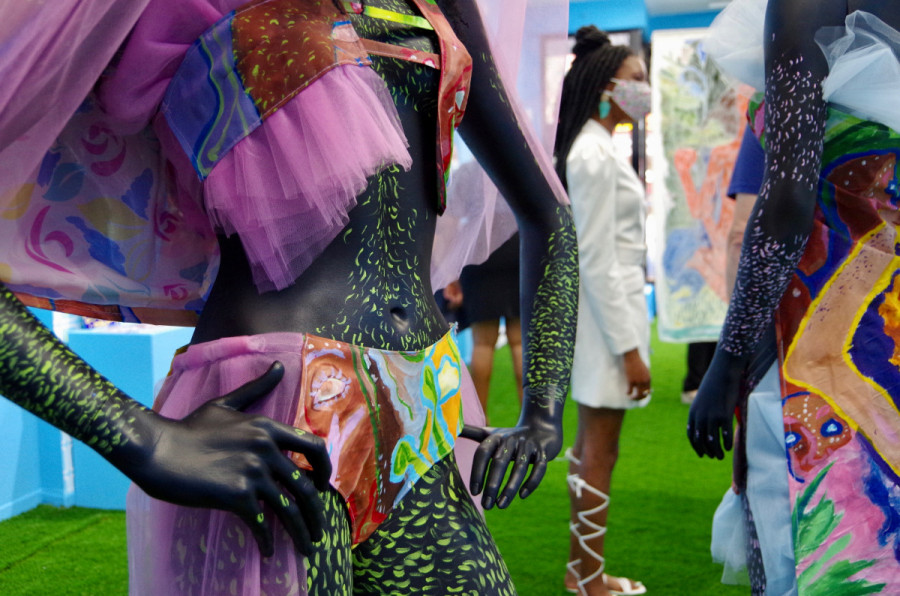
_600_832_s.png)

